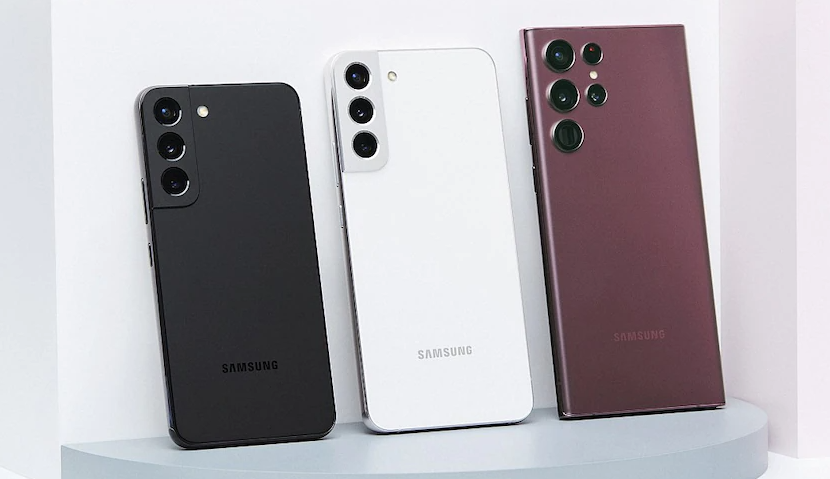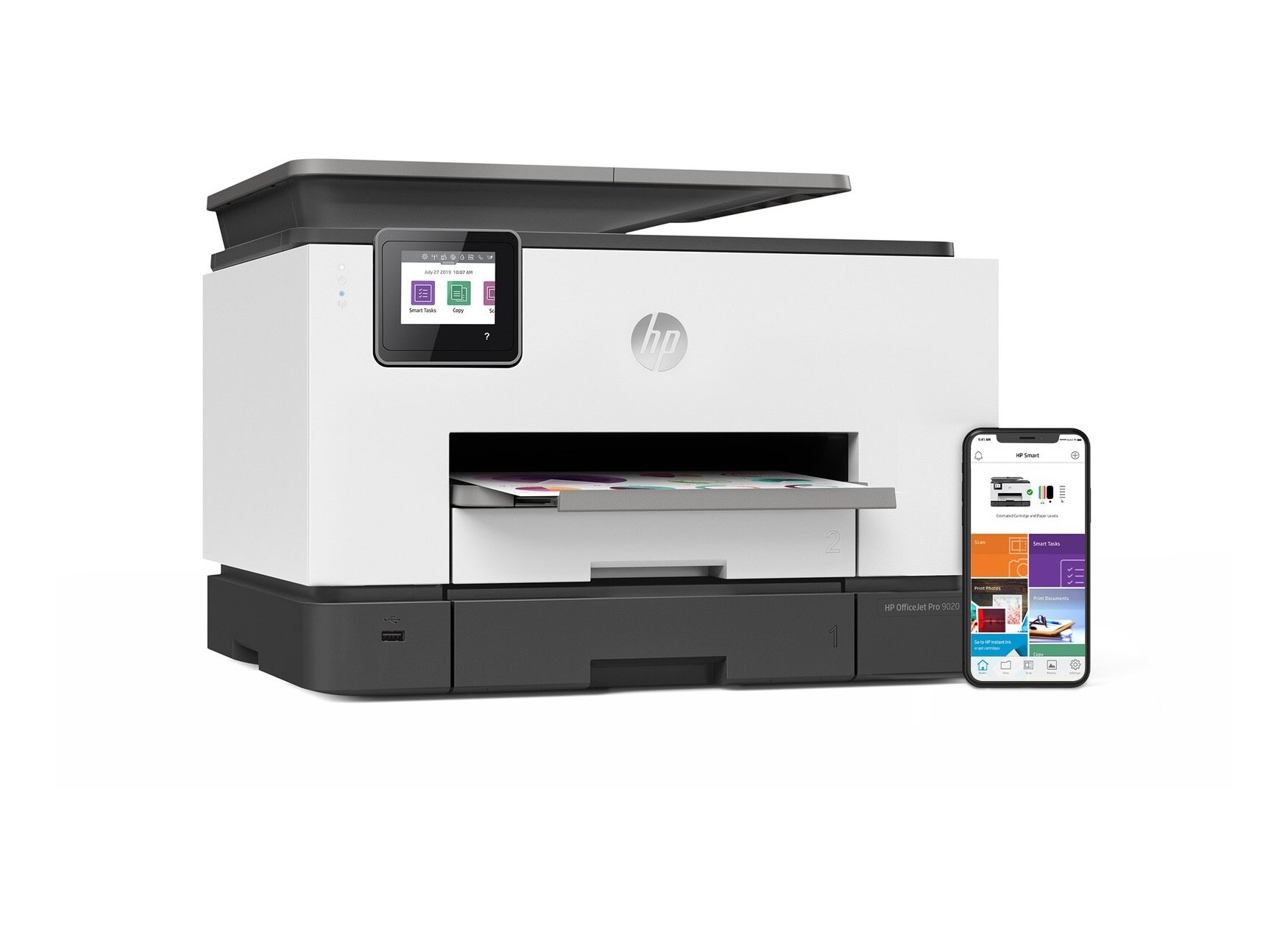Now that TWRP has been released for Samsung’s latest smartphone, it’s time to show everyone how to create a Nandroid backup on the Galaxy S6.
So, if you followed the tutorial I wrote about yesterday, then you already have a custom recovery installed on your Galaxy S6. The first thing that I always recommend doing after you setup a custom recovery on your Android device is to create a Nandroid backup.
Today’s tutorial is about exactly that, creating a Nandroid backup so that no matter what happens, you’ll always be able to restore from it. Assuming there isn’t anything wrong with the hardware(which won’t be caused by a software modification), and you can boot your Galaxy S6 into recovery mode, you can always just restore from your backup and everything will be reverted back to the point in time when you first created the backup.
So let’s dive in and look at the steps required to create your first Nandroid backup on the Galaxy S6.
Galaxy S6 Create Backup
- Boot the Galaxy S6 into Recovery Mode
- Tap on the ‘Backup’ Option at the Main Menu
- Make Sure All Available Partitions are Checked
- Tap on the ‘Backup Name’ Field at the Top
- Create a Custom Name for Your Backup(ROM name, the date, etc)
- You Can Change the Storage Location if You Want
- When Ready, Swipe the Arrow at the Bottom to the Right
- Wait Until the Backup Process has Completed
- Tap on the Home Button at the Bottom
- Then tap on the ‘Reboot’ Option
- Finally, Tap on the ‘System’ Option to Reboot into Android
Explanation
Again, before you can even start this tutorial you will need to have a custom recovery installed on your Galaxy S6. Once that has been done, go ahead and follow the link in the guide above so that you can boot up into the Galaxy S6 recovery mode. Assuming you are using TWRP, you’ll see a menu of a few buttons and from there you’ll want to tap on the ‘Backup’ option. Then you will shown a list of all the available partitions that you can backup with your version of TWRP.
Go ahead and select all of those partitions(just so we have a full backup) and I always recommend that you create a custom name for your backup. I usually name mine something like ‘CM12-‘ and then I tap on the ‘append date’ button so that it adds the current date to the end of the name. This way, in 4 weeks or so, I can look through my backups and know this was created when I was running CyanogenMod 12 and which date it was. This is optional though, just like changing the storage location is optional too. If you want though, you could store it on a thumb drive with an OTG cable.
When you are ready to proceed, you can now swipe the arrow that you see at the bottom of the screen. Swipe it all the way to the right and it will start the backup process. Depending on how much data you have, this can take a while. When it is finished though, you’ll be told that it’s complete and then you can press the Home button at the bottom.
This will take you back to the main menu of TWRP and from here you should press on the ‘Reboot’ option and then tap on the ‘System’ option. This will reboot your Galaxy S6 and bring you right back into the standard Android OS. As long as you keep that backup, you’ll always be able to restore back to this point in time. I recommend that you get in the habit of creating a new backup about once every week(or once a month) just so all of your app data is up to date and if you have to restore you lose as little of your data as possible.
If you have any questions about this tutorial, or if you run into any issues, don’t hesitate to leave a comment at the bottom of this article. I might not be able to experience the same issues that you do, but I’ll do what I can to research it and help.






